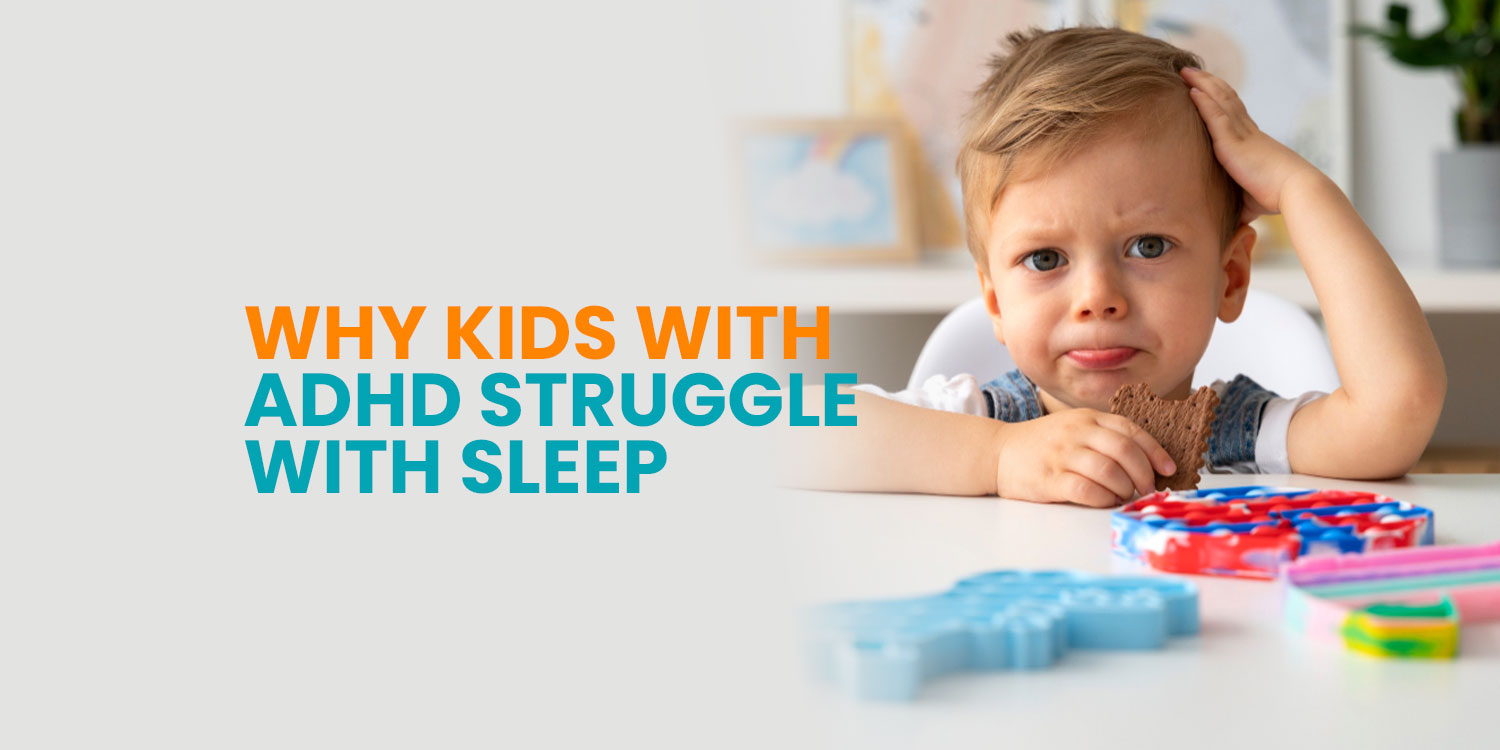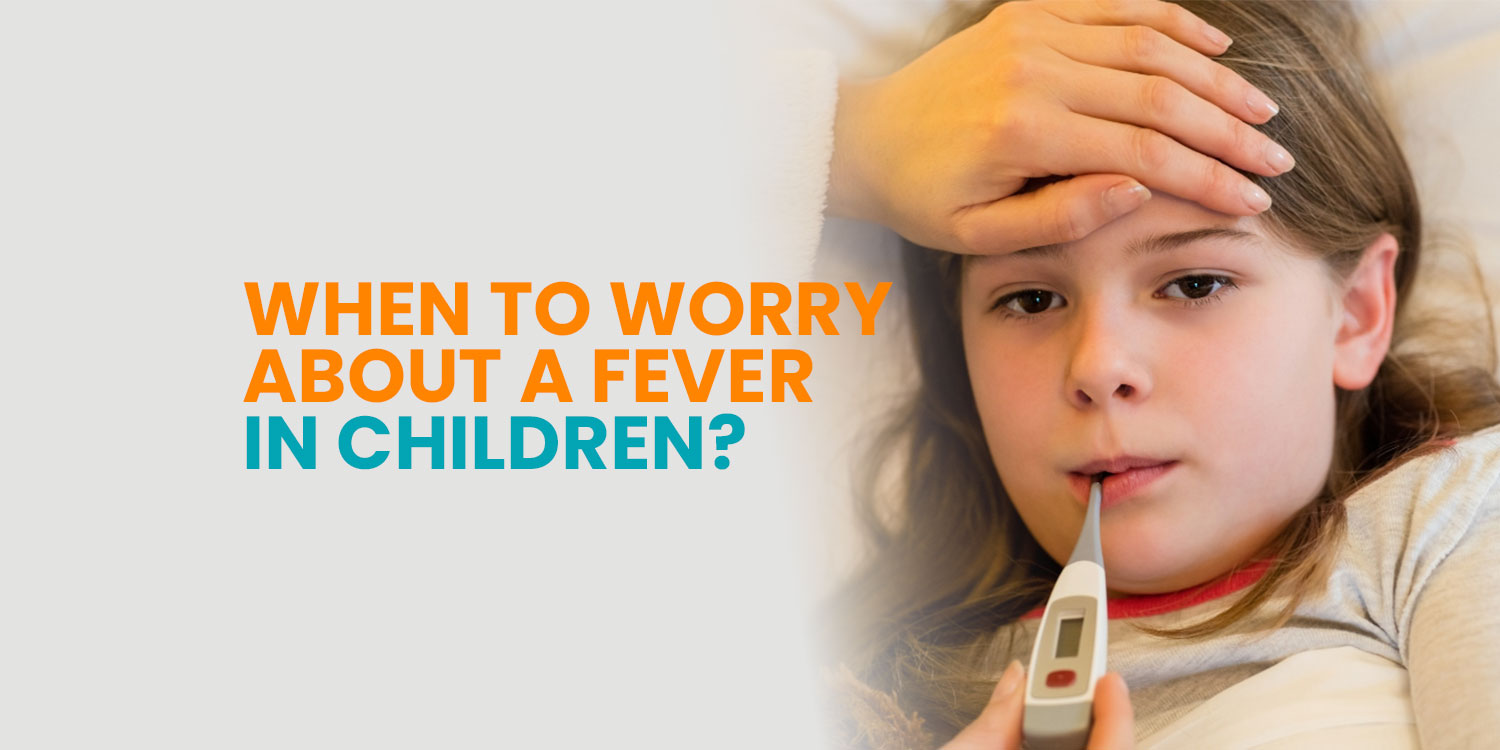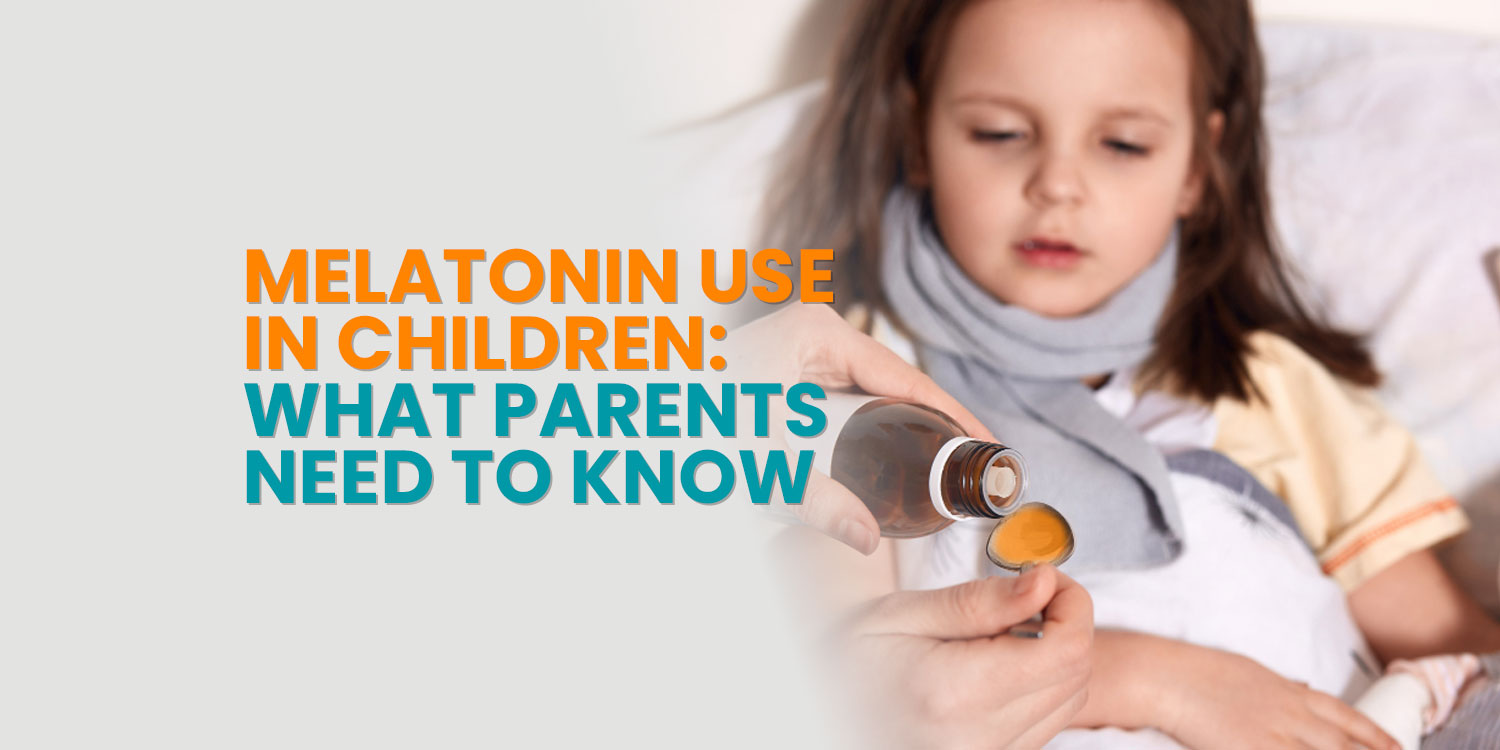The Battle Between Good and Bad Bacteria
Antibiotics are life-saving medications designed to kill or inhibit the growth of harmful bacteria causing infections. However, in their mission to eliminate bad bacteria, antibiotics can also wipe out beneficial bacteria in the gut, leading to digestive issues, weakened immunity, and other health concerns (Vangay et al., 2015). This is where probiotics come in.
Probiotics are live microorganisms, often referred to as “good bacteria,” that help restore the balance in your gut microbiome. These beneficial bacteria play a crucial role in digestion, immune function, and overall health (Hill et al., 2014). But how should probiotics be used when taking antibiotics, and do they really help? Let’s break it down.
The Impact of Antibiotics on Gut Health
Antibiotics disrupt the gut microbiome by eliminating both harmful and beneficial bacteria. This imbalance can lead to:
- Diarrhea (including antibiotic-associated diarrhea and Clostridioides difficile infections)
- Bloating and digestive discomfort
- Weakened immune system
- Increased risk of yeast infections (in women)
- Long-term microbiome changes that may take months to recover (Langdon et al., 2016)

Can Probiotics Help?
Yes! Studies have shown that probiotics can help replenish beneficial bacteria and reduce the risk of antibiotic-associated diarrhea (Hempel et al., 2012). The most commonly used probiotic strains for this purpose include:
- Lactobacillus rhamnosus GG
- Saccharomyces boulardii
- Bifidobacterium species
These strains have been found to support gut health, enhance immune function, and minimize gastrointestinal side effects caused by antibiotics (Goldenberg et al., 2017).
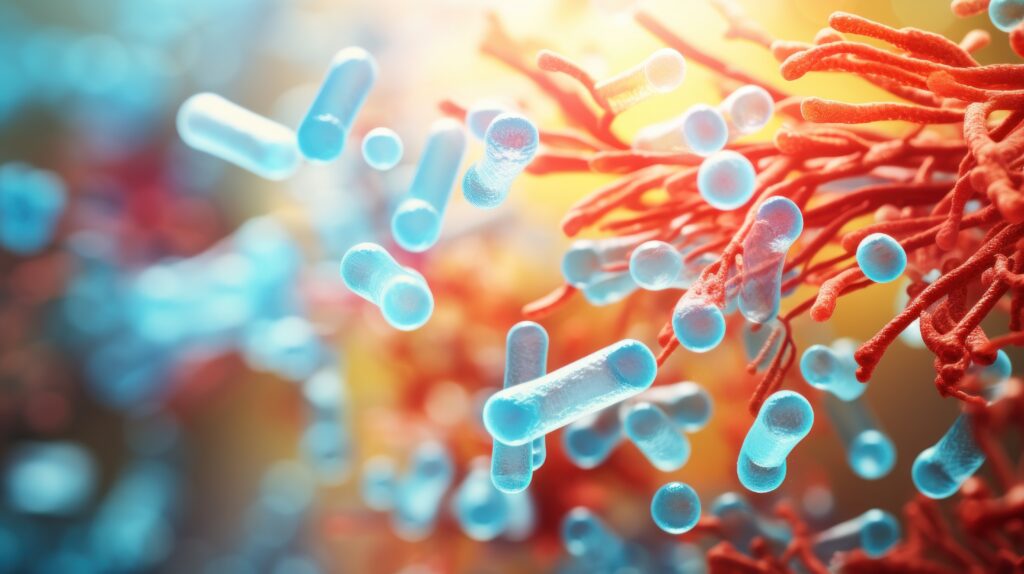
How to Take Probiotics with Antibiotics
To get the most benefit from probiotics while taking antibiotics, follow these guidelines:
How to Take Probiotics with Antibiotics
Antibiotics kill bacteria, so if you take probiotics at the same time, they may be eliminated before they can be effective. A good rule of thumb is to take probiotics at least 2–3 hours after taking antibiotics (McFarland, 2015).

Continue Taking Probiotics After Your Antibiotic Course
To help restore gut balance, continue taking probiotics for at least one to two weeks after finishing your antibiotics. Some people may benefit from prolonged use (Suez et al., 2018).
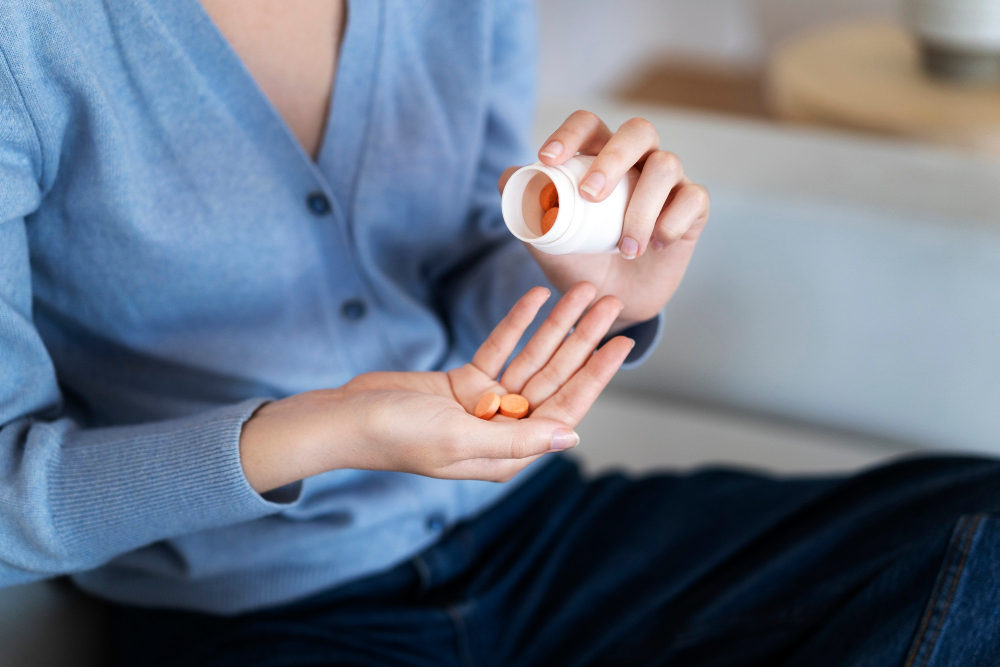
Choose the Right Probiotic
Not all probiotics are the same. Look for products containing clinically studied strains and a high CFU count (colony-forming units)—typically between 5 to 10 billion CFUs per dose.
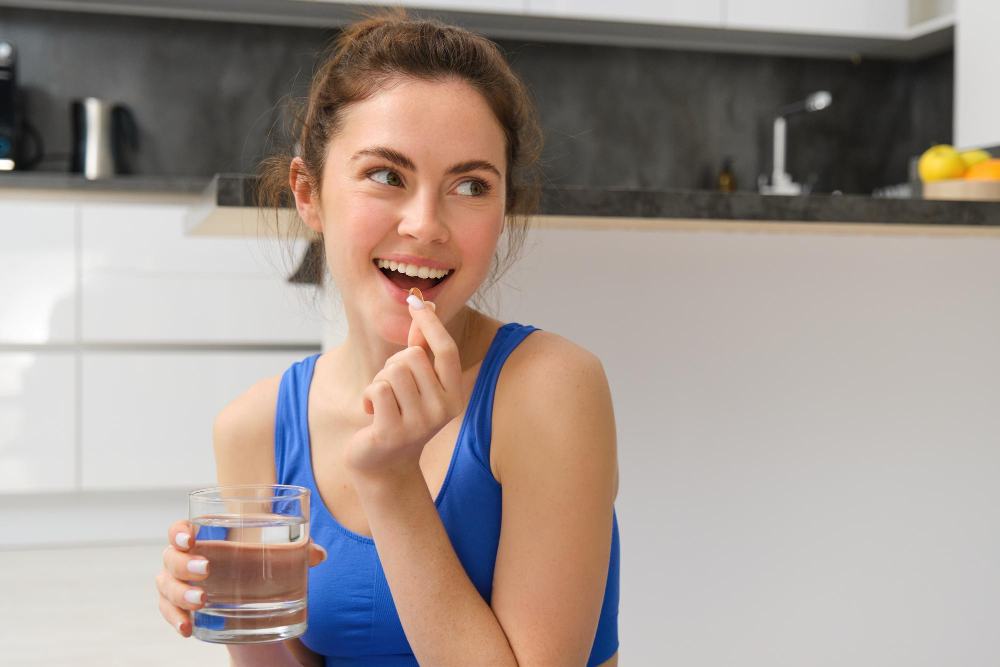
Support Your Gut with Prebiotics
Prebiotics are fibers that feed beneficial gut bacteria. Foods like garlic, onions, bananas, and oats can support the growth of probiotics (Bindels et al., 2015)
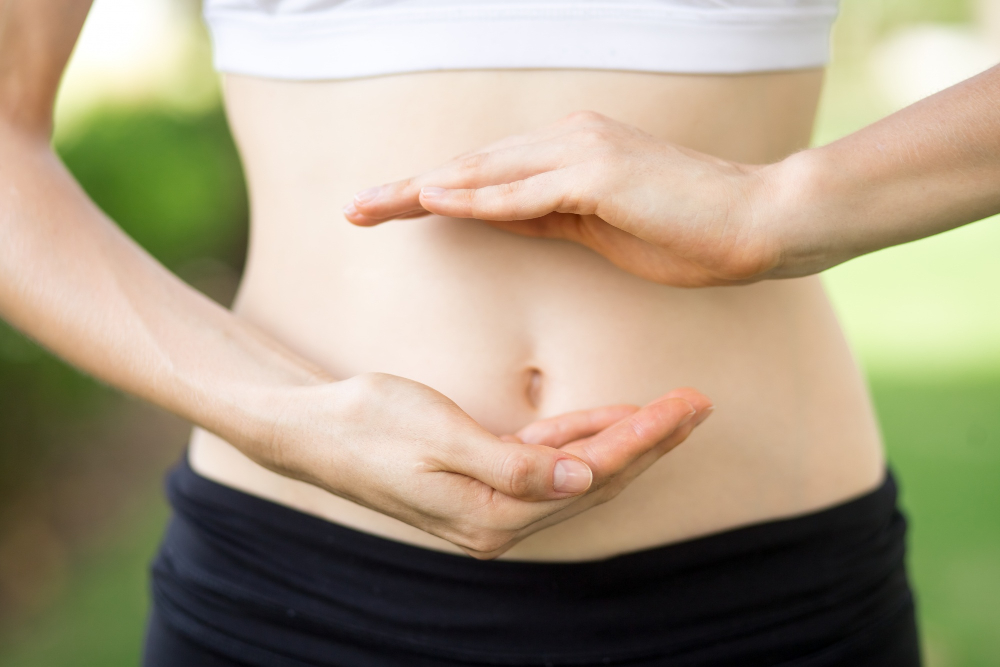
Natural Sources of Probiotics
While probiotic supplements are effective, you can also get beneficial bacteria from fermented foods such as:
- Yogurt with live cultures
- Kefir
- Sauerkraut
- Kimchi
- Miso
- Tempeh
- Kombucha
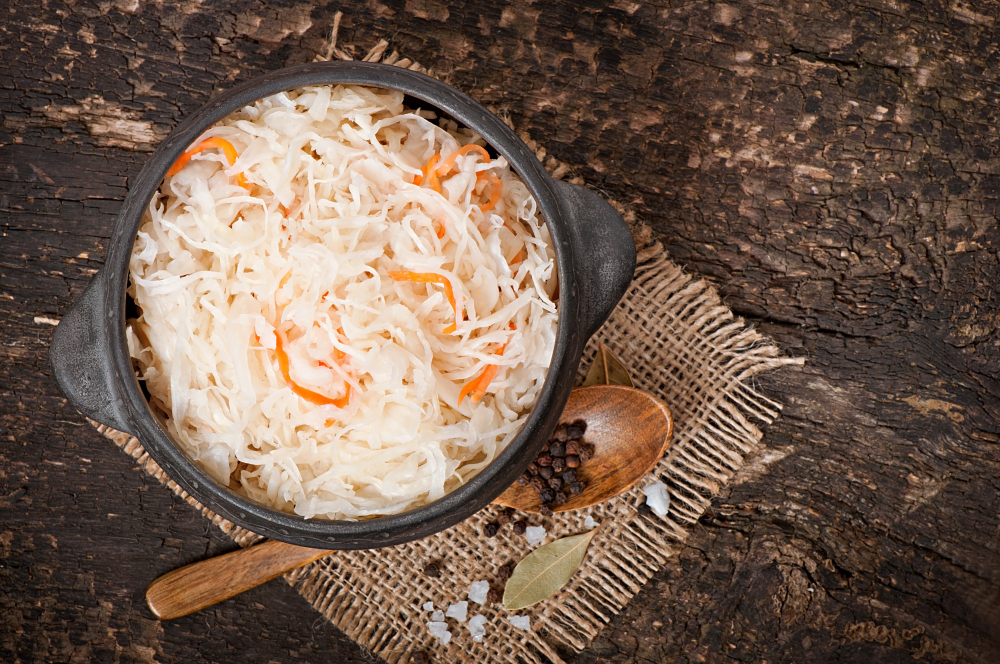
Final Thoughts
Taking probiotics alongside antibiotics is a great way to protect your gut health and prevent unwanted side effects. Just remember to time your doses properly, choose the right strains, and continue probiotics after finishing antibiotics. If you’re unsure which probiotic is best for you, consult a healthcare professional—like your local pharmacist at iCare Pharmacy!
Have you taken probiotics while on antibiotics? Let us know about your experience in the comments below!
References
Bindels, L. B., Delzenne, N. M., Cani, P. D., & Walter, J. (2015). Towards a more comprehensive concept for prebiotics. Nature Reviews Gastroenterology & Hepatology, 12(5), 303–310. https://doi.org/10.1038/nrgastro.2015.47
Goldenberg, J. Z., Lytvyn, L., Steurich, J., Parkin, P., Mahant, S., & Johnston, B. C. (2017). Probiotics for the prevention of pediatric antibiotic-associated diarrhea. Cochrane Database of Systematic Reviews, 2015(12), CD004827. https://doi.org/10.1002/14651858.CD004827.pub4
Hempel, S., Newberry, S. J., Maher, A. R., Wang, Z., Miles, J. N., Shanman, R., … & Shekelle, P. G. (2012). Probiotics for the prevention and treatment of antibiotic-associated diarrhea: A systematic review and meta-analysis. JAMA, 307(18), 1959–1969. https://doi.org/10.1001/jama.2012.3507
Hill, C., Guarner, F., Reid, G., Gibson, G. R., Merenstein, D. J., Pot, B., … & Sanders, M. E. (2014). Expert consensus document: The International Scientific Association for Probiotics and Prebiotics consensus statement on the scope and appropriate use of the term probiotic. Nature Reviews Gastroenterology & Hepatology, 11(8), 506–514. https://doi.org/10.1038/nrgastro.2014.66
Langdon, A., Crook, N., & Dantas, G. (2016). The effects of antibiotics on the microbiome throughout development and alternative approaches for therapeutic modulation. Genome Medicine, 8(1), 39. https://doi.org/10.1186/s13073-016-0294-z
McFarland, L. V. (2015). From yaks to yogurt: The history, development, and current use of probiotics. Clinical Infectious Diseases, 60(Suppl_2), S85–S90. https://doi.org/10.1093/cid/civ054
Suez, J., Zmora, N., Zilberman-Schapira, G., Mor, U., Dori-Bachash, M., Bashiardes, S., … & Elinav, E. (2018). Post-antibiotic gut mucosal microbiome reconstitution is impaired by probiotics and improved by autologous FMT. Cell, 174(6), 1406–1423.e16. https://doi.org/10.1016/j.cell.2018.08.047
Vangay, P., Ward, T., Gerber, J. S., & Knights, D. (2015). Antibiotics, pediatric dysbiosis, and disease. Cell Host & Microbe, 17(5), 553–564. https://doi.org/10.1016/j.chom.2015.04.006


